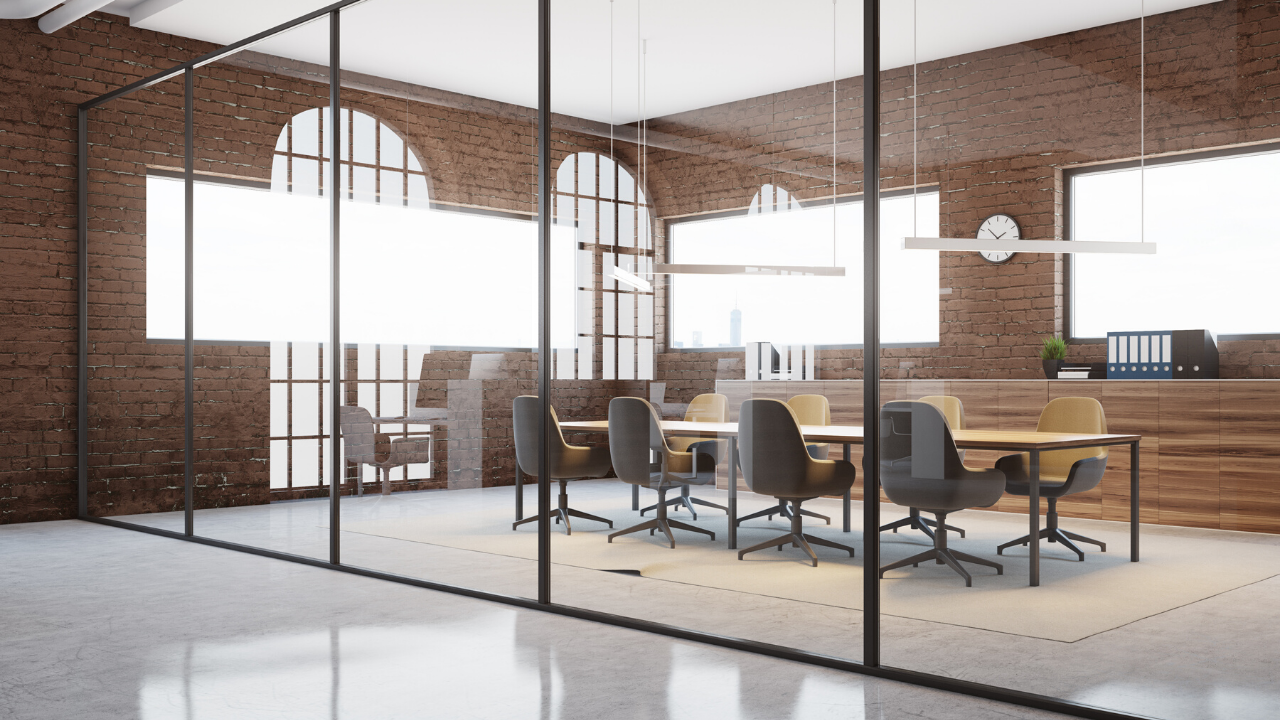The growth of workplace flexibility will play a significant role in the future of work. With that, workplace design trends will also continue to evolve in order to accommodate this massive migration to flexibility.
First, sustainable materials are gaining traction across various industries, including the office sector. This can include using materials that are minimally processed, natural wood and stone and natural lighting.
“It puts an emphasis on technology-driven energy efficiency, environmental conservation and ecological compliance in order to establish a more harmonious relationship between nature and our buildings,” said commercial space developer Ambius.
Additionally, workplaces are starting to put more emphasis on inclusion and diversity by taking extra measures to include greater accessibility for differently abled people and more options for those with mental health issues.
Workers today have increasingly demanded having a healthier work-life balance. That is what has led companies to introduce policies and design that help workers make time for their wellbeing and extracurricular activities. For example, offering flexible work options, work cafes, game rooms, meditation areas and more are expected to grow even more in the future.
Privacy in the workplace is becoming more valuable than ever. Many workers have voiced concerns over employee data privacy and what their employers can and cannot collect in the workplace. Designing a space that provides quiet places to work and speak in private will be necessary, especially in collaborative flexible offices.


 Dr. Gleb Tsipursky – The Office Whisperer
Dr. Gleb Tsipursky – The Office Whisperer Nirit Cohen – WorkFutures
Nirit Cohen – WorkFutures Angela Howard – Culture Expert
Angela Howard – Culture Expert Drew Jones – Design & Innovation
Drew Jones – Design & Innovation Jonathan Price – CRE & Flex Expert
Jonathan Price – CRE & Flex Expert










